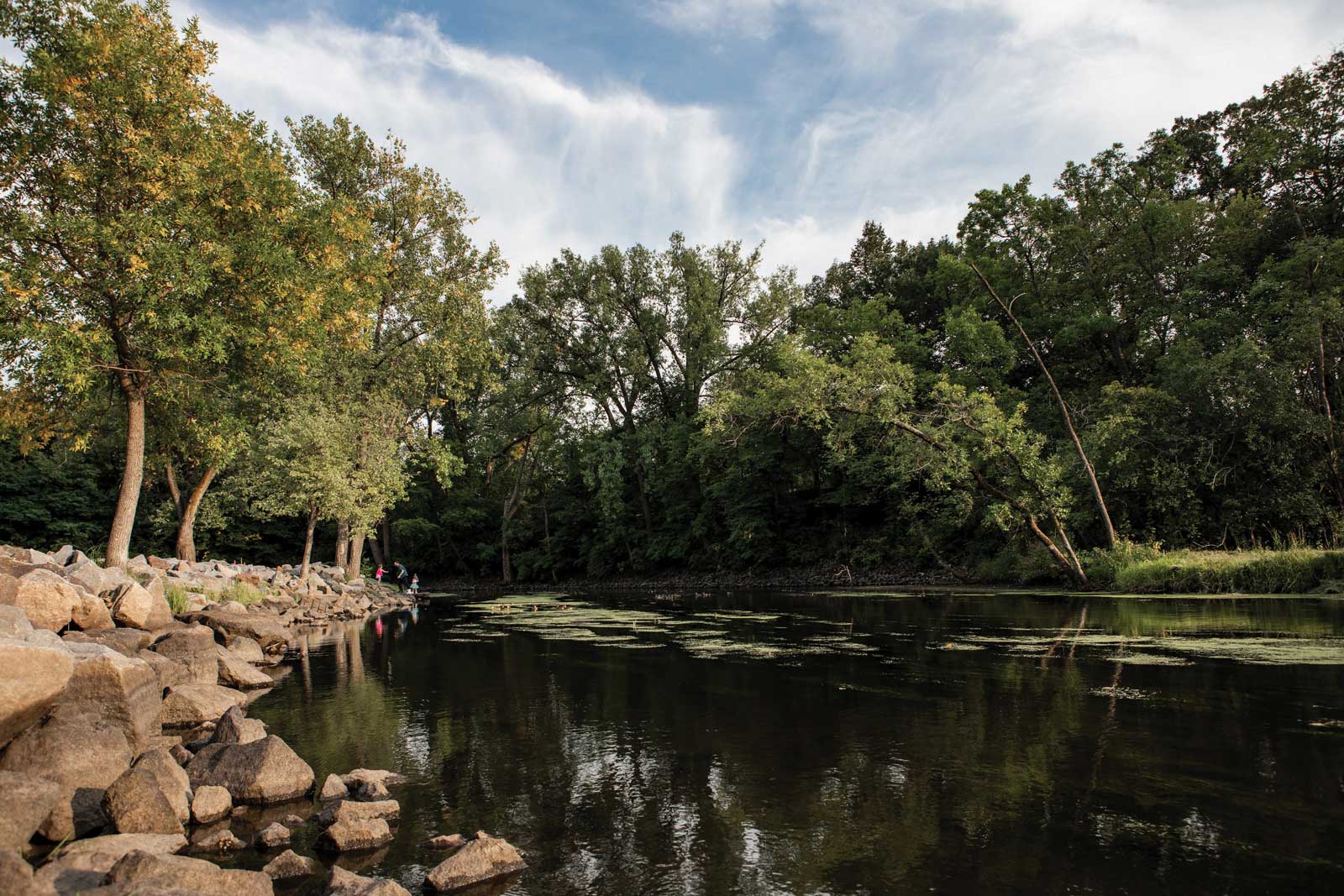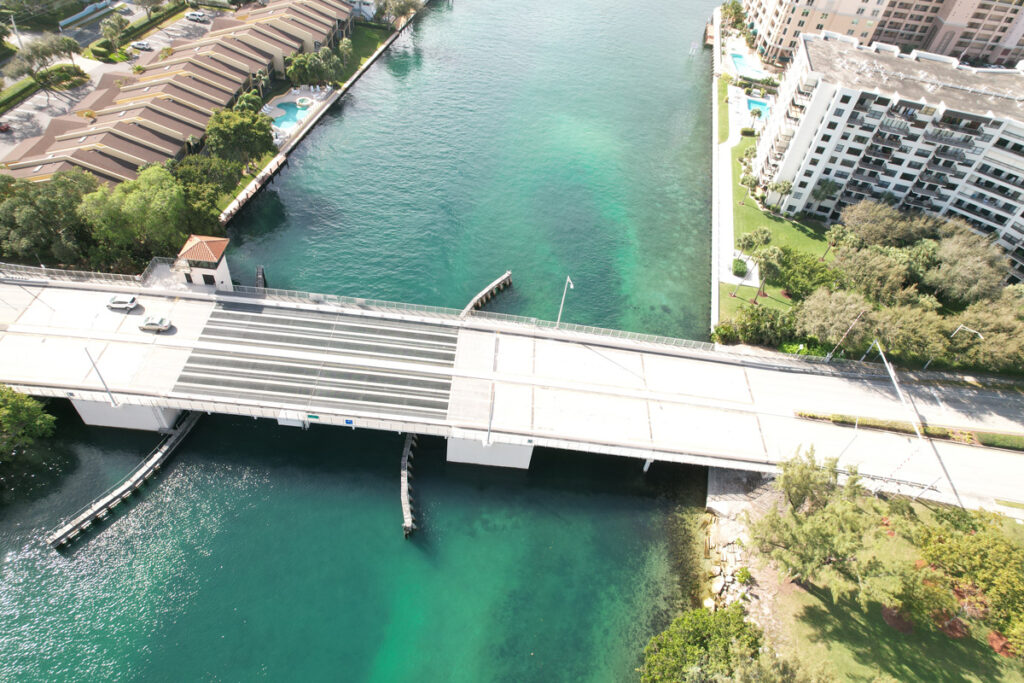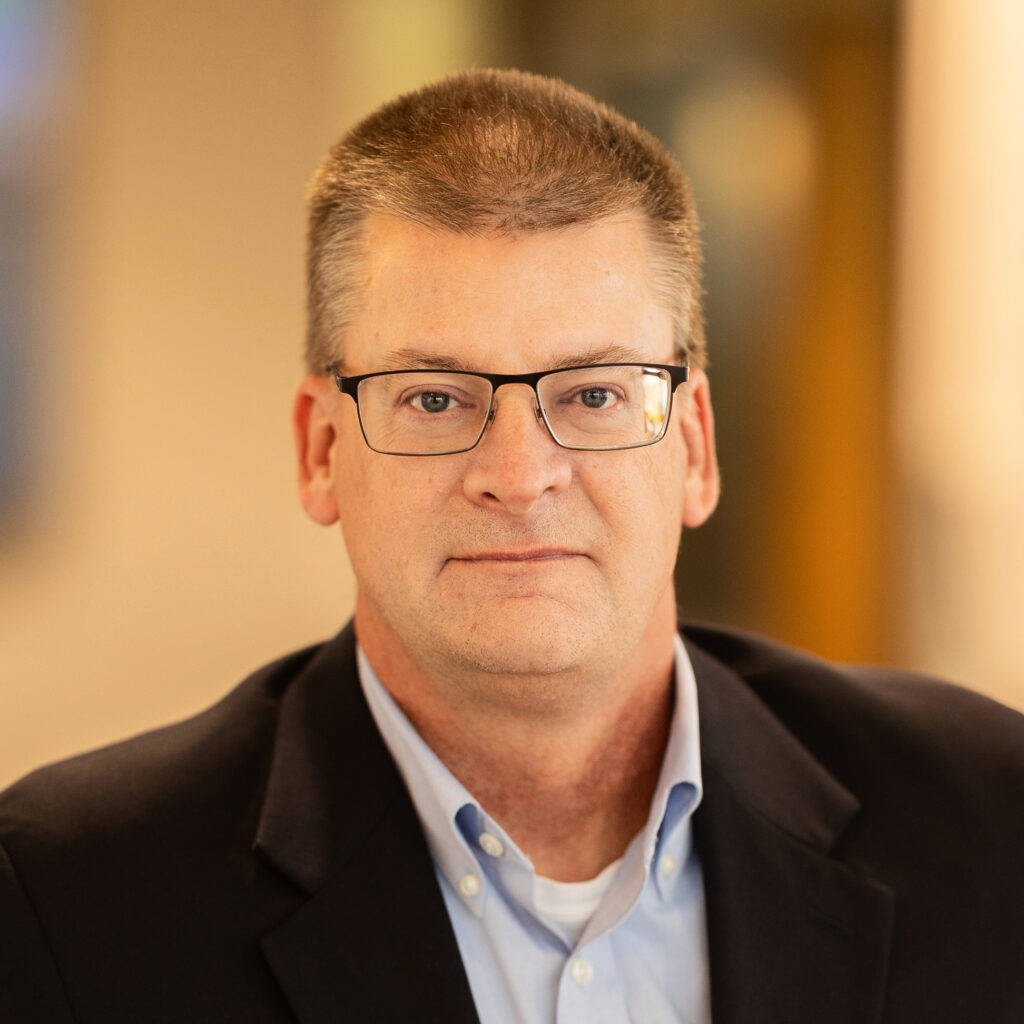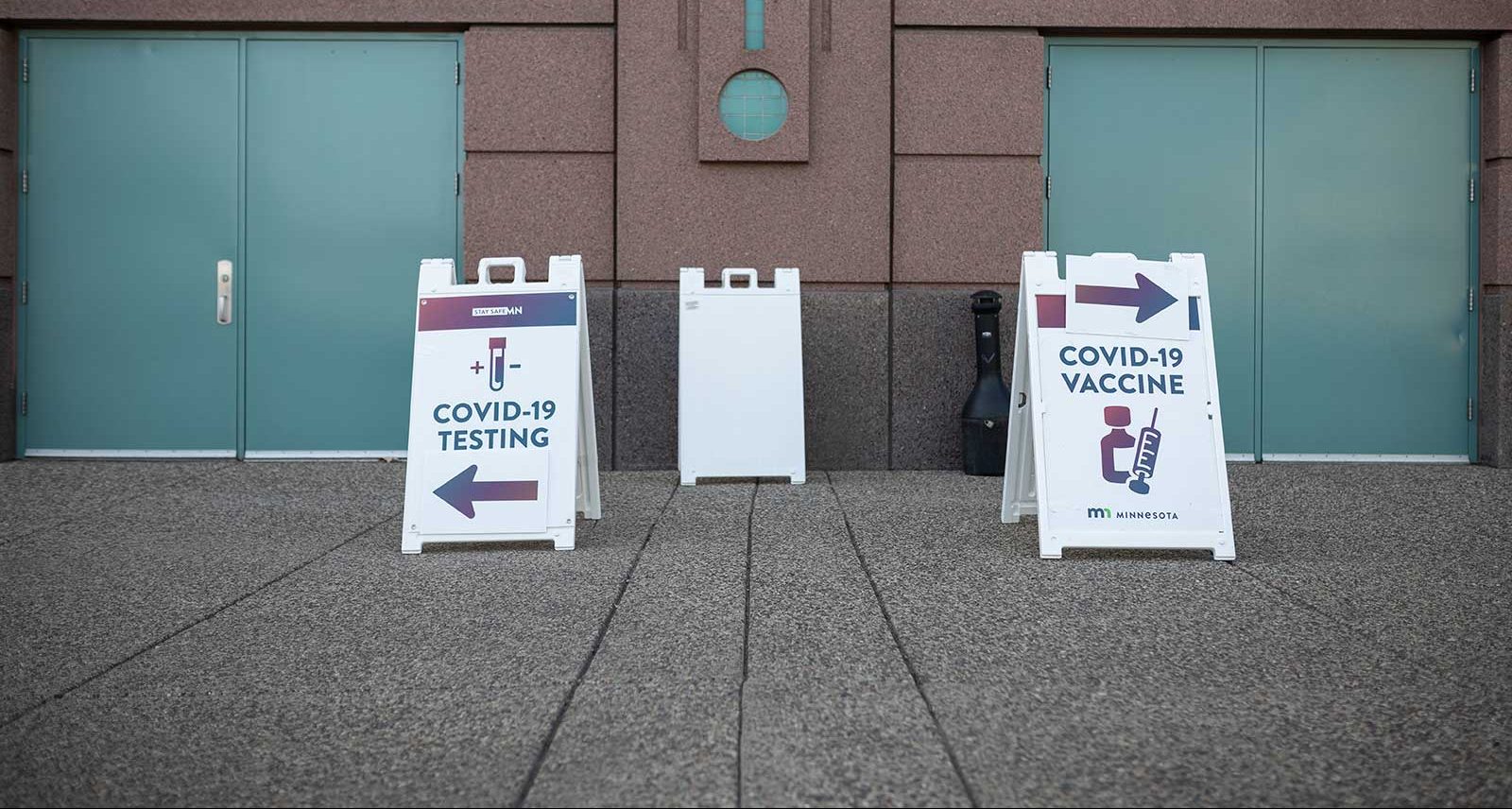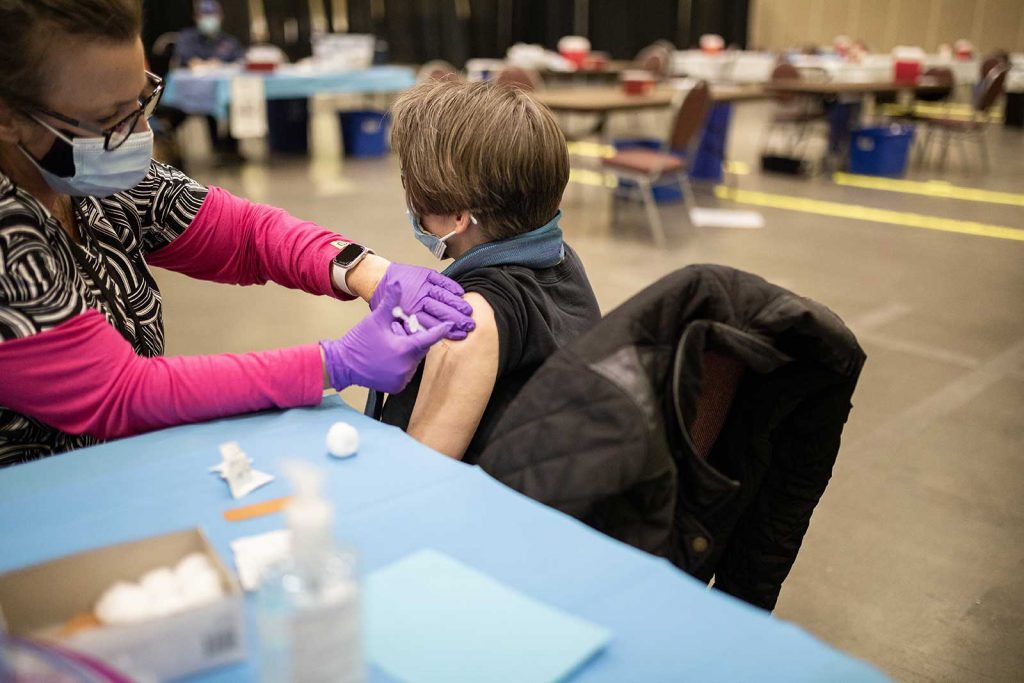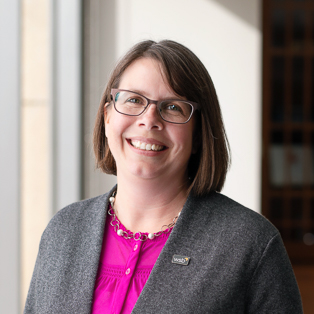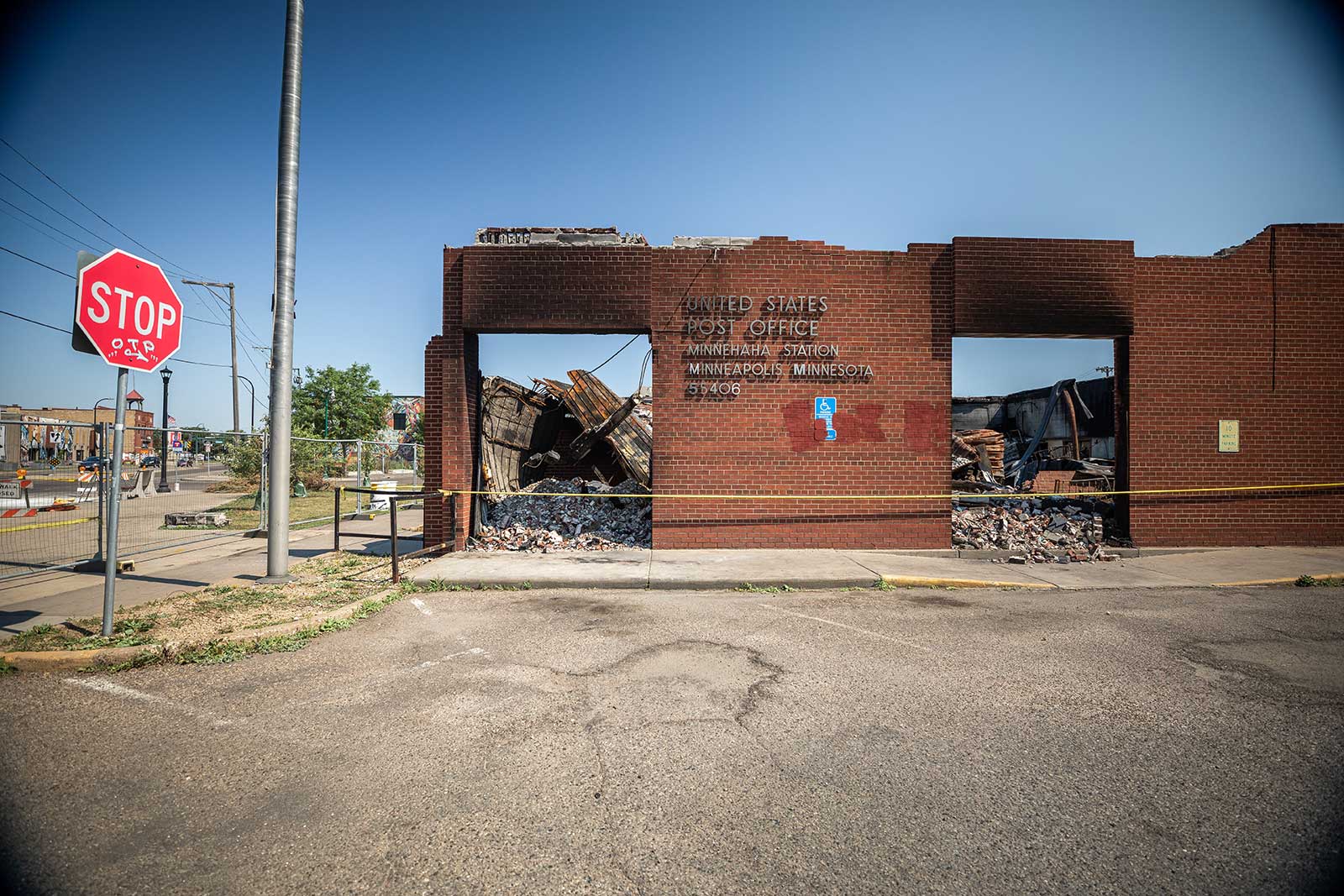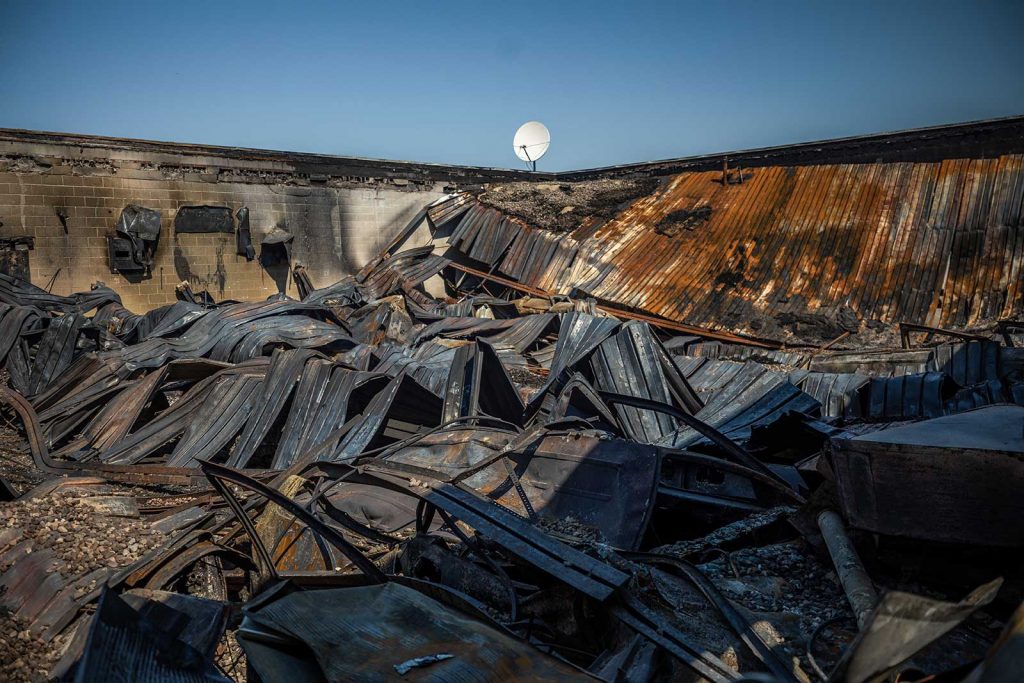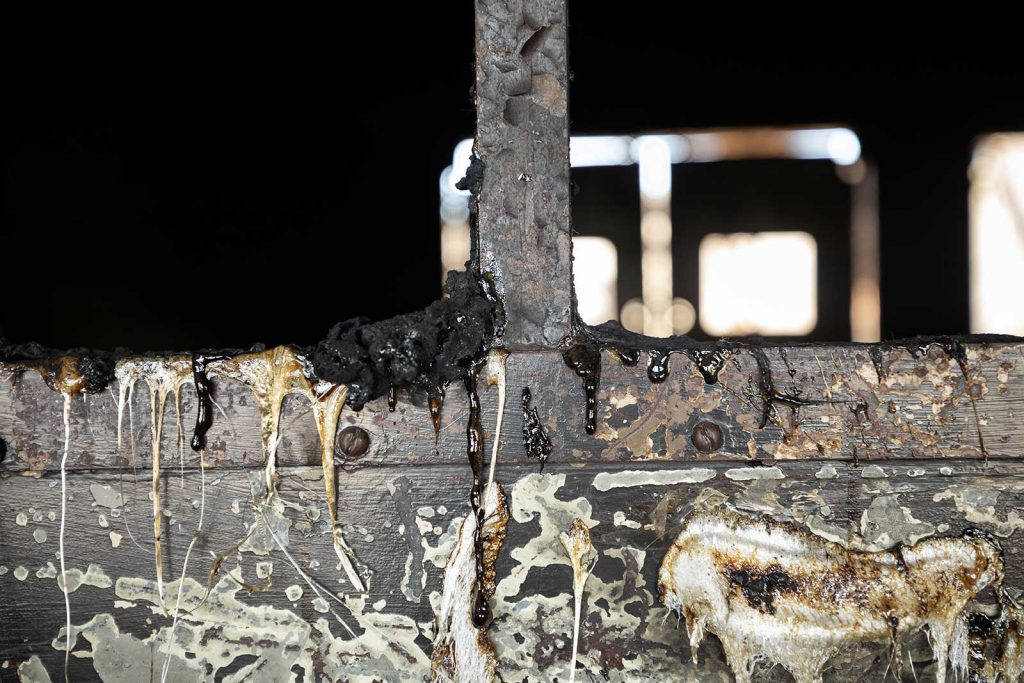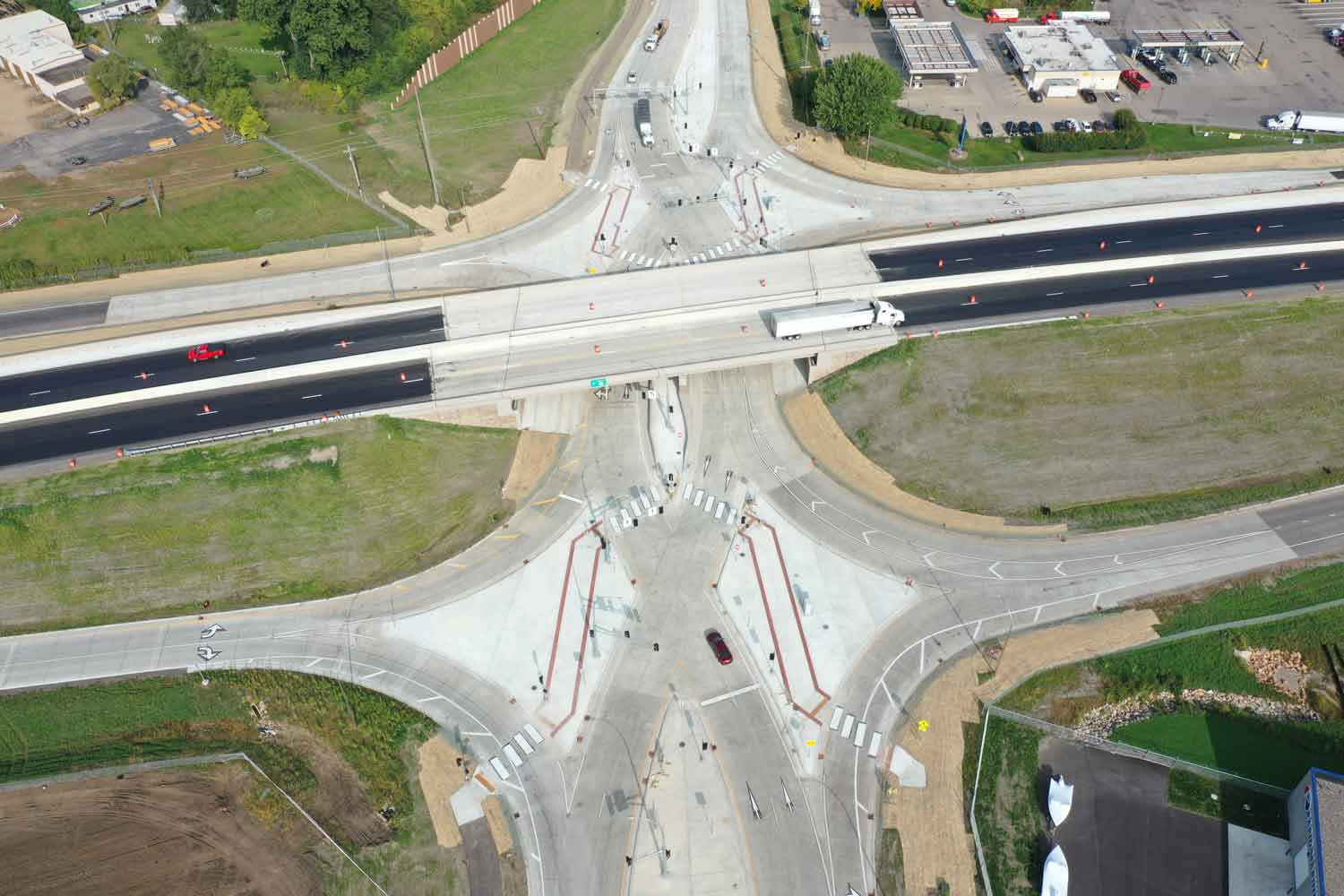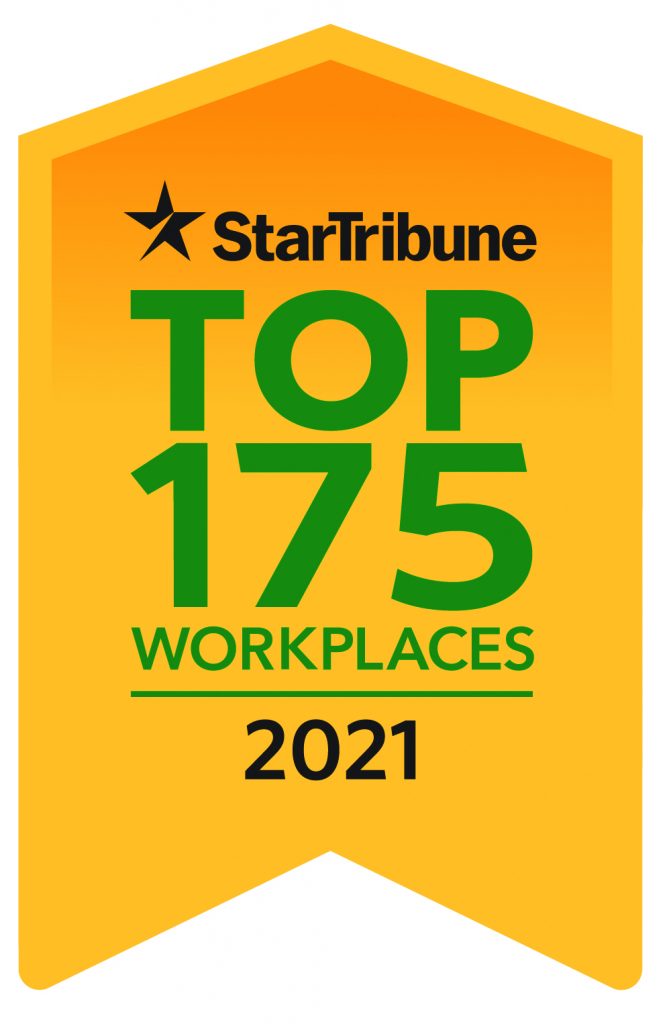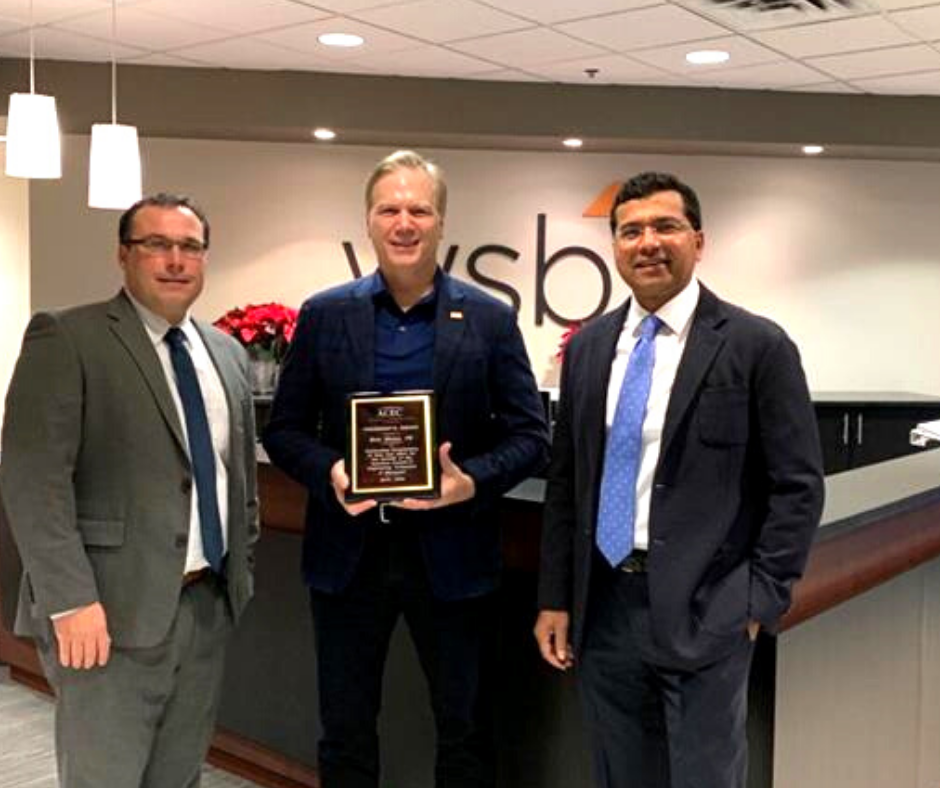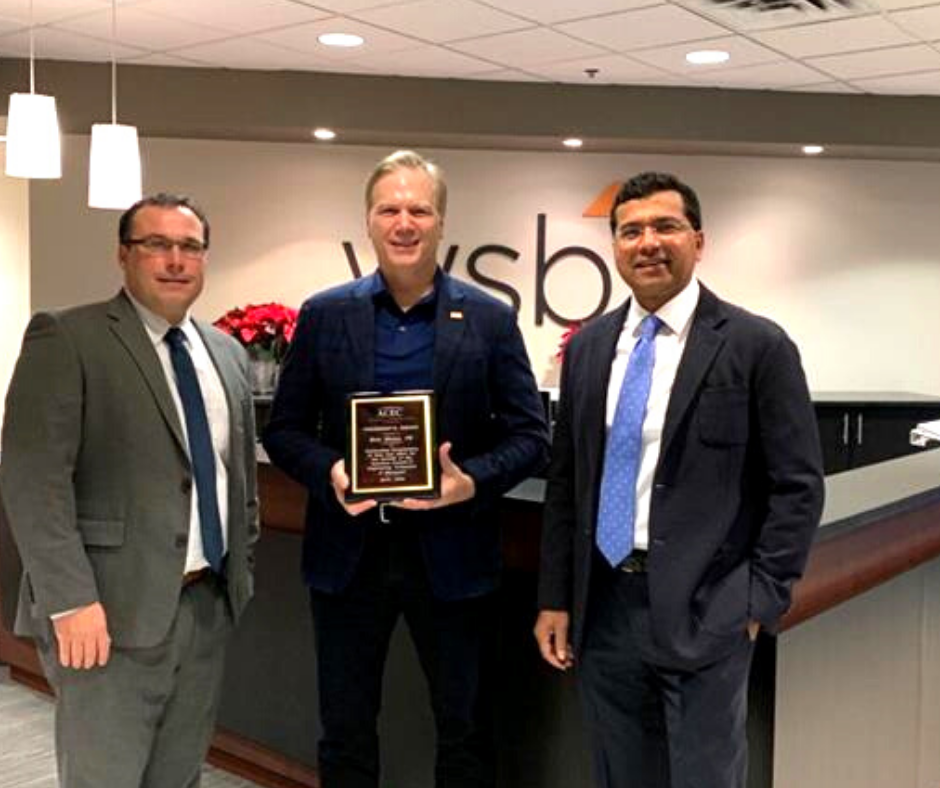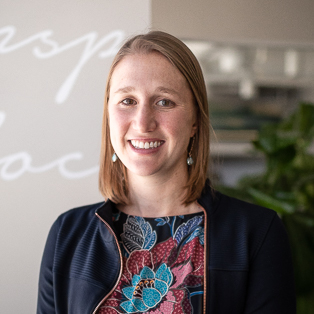The multi-dimensional designs are for the Highway 169 Redefine – Elk River project
Engineering and consulting firm WSB announced today that they will deliver the first set of fully digital paperless design plans to the Minnesota Department of Transportation (MnDOT). The paperless plans will be delivered later this summer for the Highway 169 Redefine – Elk River project.
“The 3D Design Model has allowed us to see the design in a whole new light. We are able see design changes on the fly that provides MnDOT with greater flexibility in the decision-making process,” said MnDOT’s Darren Nelson, Highway 169 Redefine – Elk River project manager.
Historically, the Architecture Engineering Construction (AEC) industry has been paper-heavy with many DOTs across the nation still requiring traditional plans. The transition to paperless is impacting the entire AEC industry, including DOTs, general contractors and civil engineers.
For the project, WSB advanced the methods and procedures used to implement a Building Information Modeling (BIM) design approach. The approach will result in improved project cost, better risk management and improved quality. The BIM model is built from available data and is highly accurate. The model creates a seamless workflow from design through construction and will import information to the field digitally resulting in efficiencies and better communication. Once construction is complete, the project is left with an as-built, accurate model that can be used for asset management in the future.
“As engineers, we are motivated by the opportunities to design infrastructure projects that support our communities and this project is no exception,” said Jon Chiglo, WSB’s chief operating officer. “It’s very rewarding to partner with MnDOT to shape the way our entire industry will deliver projects. Based on the benefits, digital delivery is the future and it’s exciting that WSB is leading these efforts.”
To date, the combination of the 3D BIM Model, 4D Model and 5D Cost Structure within a digital design environment has led to many cost savings and benefits even before construction has begun. The true, virtual representation of what will be built has allowed stakeholders to easily review the project impacts.
MnDOT received special funding to convert Highway 169 from the Mississippi River to 197th Ave. to a freeway system through Elk River. The project will convert four at-grade intersections into interchanges and will modify the access of the Highway 169 and Highway 10 interchange. WSB is responsible for delivering the final design.
